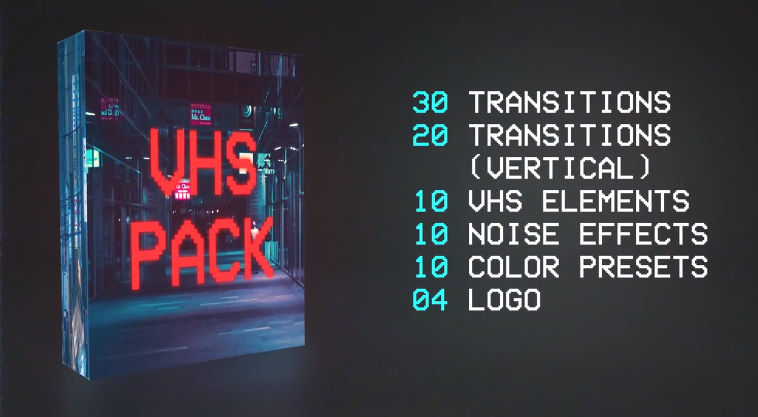

Without video codecs, you could not easily save and store archived video footage video would also never be small enough to watch online, by e-mail, or on a mobile device. Video files are very large for example, 20 minutes of NTSC DV video (from a standard definition miniDV camcorder) is over 4 GB in size, which is the capacity of one single-layer DVD. You can describe the relationship between formats and codecs this way: formats are the containers codecs are the language the contents are written in.Ĭodec is a conjunction made from the words “compressor” and “decompressor.” Codecs are mathematical algorithms used to shrink audio and video files to manageable sizes.

However, for video files, formats such as Quicktime and AVI are only containers that hold video information much like a file folder holds paper. Most computer users are familiar with the term “format” used to describe files, for example, jpeg and tiff formats for images, or doc and ppt formats for Word and PowerPoint files.
#VHS SCREEN WRAP PREMIERE PRO#
When working with video in Premiere Pro you will encounter many different video formats and the codecs (compressor/decompressor) used to compress them while editing the video files throughout the lessons in this book and when working on your own.

While working through the many lessons presented in this text you are going to encounter many new concepts and terms, especially when you are dealing with video footage. Pixels are the smallest part of a digital image and different display devices (televisions, computer monitors, etc.) have pixels with different horizontal and vertical proportions. Pixel Aspect Ratio: specifies the shape of the pixels that compose an image. Frame rate is displayed as a value of fps (frames per second). Pixel is a conjunction of the words “picture” and “element” and is the smallest individual component in a digital image.įrame rate: specifies the number of individual images that compose each second of video. This value is usually written as a pair of numbers separated by an X, where the first number is the horizontal value and the second represents the vertical for example, 720 × 480. The following terms will help you:ĭimensions: specifies the pixel dimensions of a video file in other words, the number of pixels horizontally and vertically that compose an image or video frame. The various formats, aspects ratios, codecs, and other settings used to describe video files will be explained in this book. There are many types of video files you can work with in Premiere Pro. In Premiere Pro, you generally work by building sequences to match the standards of the media you are going to work with instead of the intended output. The video and audio footage that you edit in Premiere Pro can be digitized from an analog source, such as a VHS or cassette tape, or recorded directly to a digital format, as is the case with modern video cameras as well as other hard drive and compact flash-based recording devices. The media links that you import or capture in Premiere Pro are only references to the original footage stored on your hard drive. Unlike traditional graphic image processes, this is a non-destructive process because the original source footage is never lost or altered. In an NLE process, you use computer data instead of a physical linear medium, such as film or tape, and you can jump back and forth along your timeline at any point in the editing process. Premiere Pro is a digital NLE (Non-Linear Editor) that gives you direct and immediate access to any frame in a digital video clip at any time. You will not need any files for this lesson. For more Adobe Premiere Pro training options, visit AGI’s Premiere Pro Classes.Īdobe Premiere Pro Tutorial: Understanding Digital Video in Premiere Proīefore you begin editing in Premiere Pro it is beneficial to become familiar with some of the concepts and principles that define the art and craft of video editing. It is the first lesson in the Adobe Premiere Pro CS5 Digital Classroom book. This tutorial provides you with a foundation for working with video in Adobe Premiere Pro. What you’ll learn in this Premiere Pro Tutorial: Graphic Design for High School Students.


 0 kommentar(er)
0 kommentar(er)
